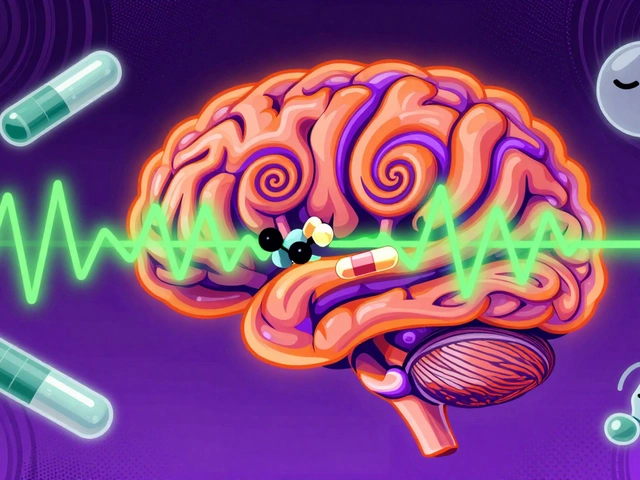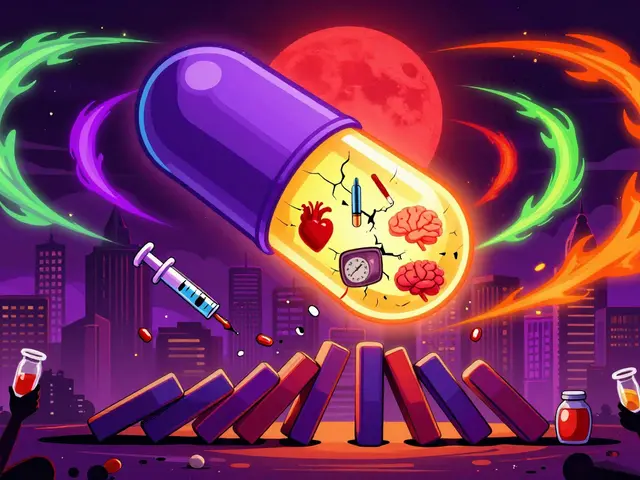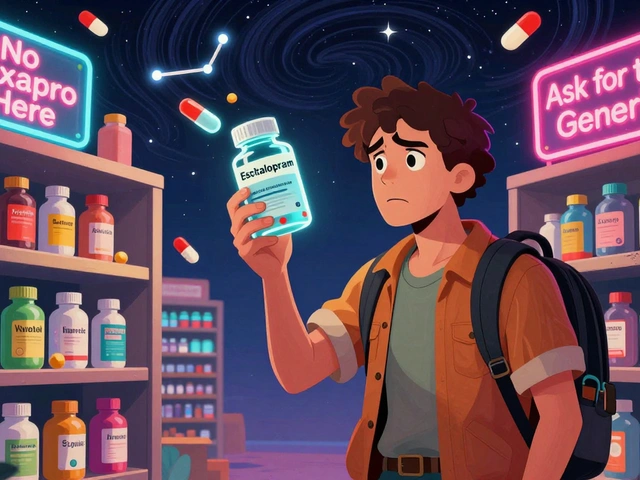Chlorthalidone: what it does and how to use it safely
Chlorthalidone is a long‑acting, thiazide‑like diuretic used mainly to treat high blood pressure and fluid buildup from heart or kidney problems. It helps your body lose extra salt and water, which lowers blood volume and reduces pressure on vessel walls. Because it lasts longer than many other diuretics, most people take it once a day.
It works by reducing sodium reabsorption in the kidney’s distal tubule. Less sodium means more water leaves the body as urine, which lowers blood pressure over days to weeks. You may see a drop in readings within a few days, but the full benefit can take several weeks.
Typical starting doses are 12.5–25 mg once daily. Some people need 50 mg, but higher doses raise the chance of side effects. Take chlorthalidone in the morning to avoid peeing at night. If you miss a dose, skip it and take the next scheduled dose — don’t double up without checking with your prescriber.
Monitoring and common side effects
After starting or changing the dose, check blood pressure plus blood tests (sodium, potassium, creatinine) within 1–2 weeks. Common side effects include increased urination, dizziness when standing, low potassium (hypokalemia), low sodium (hyponatremia), higher blood sugar, and higher uric acid which can trigger gout. If you feel very lightheaded, weak, confused, or notice irregular heartbeat, contact your clinician — these can be signs of electrolyte problems.
Less common but serious effects include severe dehydration, kidney function decline, and allergic reactions. If you develop a rash, severe stomach pain, sudden muscle weakness, or fainting, seek medical care right away.
Interactions, precautions, and practical tips
Chlorthalidone can interact with many medicines. It may increase lithium levels and cause toxicity, reduce the blood‑pressure effect of NSAIDs, and raise the risk of low potassium when used with steroids or certain other blood pressure drugs. Digoxin toxicity risk goes up if potassium falls. Let your provider know about all meds and supplements you take.
Special situations: avoid chlorthalidone in later pregnancy and discuss breastfeeding with your clinician. People with significant kidney disease may need dose changes or a different drug. Older adults should be careful because dizziness can increase fall risk.
Practical tips: take the pill in the morning, drink enough but avoid heavy alcohol or excess dehydration, eat potassium‑rich foods like bananas and spinach unless your doctor says otherwise, protect your skin from sun because chlorthalidone can cause photosensitivity, and weigh yourself daily to catch rapid fluid changes. Use a reliable pharmacy and keep an up‑to‑date medication list to share at appointments.
Compared with hydrochlorothiazide, chlorthalidone often lasts longer and may lower blood pressure more, but it may also cause greater electrolyte changes. Don’t stop it suddenly — work with your healthcare provider to adjust treatment safely and ask about lab checks if you feel off.
Chlorthalidone and Lupus: What Patients Should Know
As a lupus patient, I recently came across some important information about the potential risks associated with the medication Chlorthalidone. I learned that this diuretic, often prescribed for high blood pressure, has been associated with lupus flares and increased disease activity. It is crucial for us lupus patients to be aware of this connection, as it could impact our overall health management. Always consult with your healthcare provider before starting or stopping any medication, and make sure to discuss the potential risks and benefits. Stay informed and take an active role in your treatment plan to better manage your lupus.





